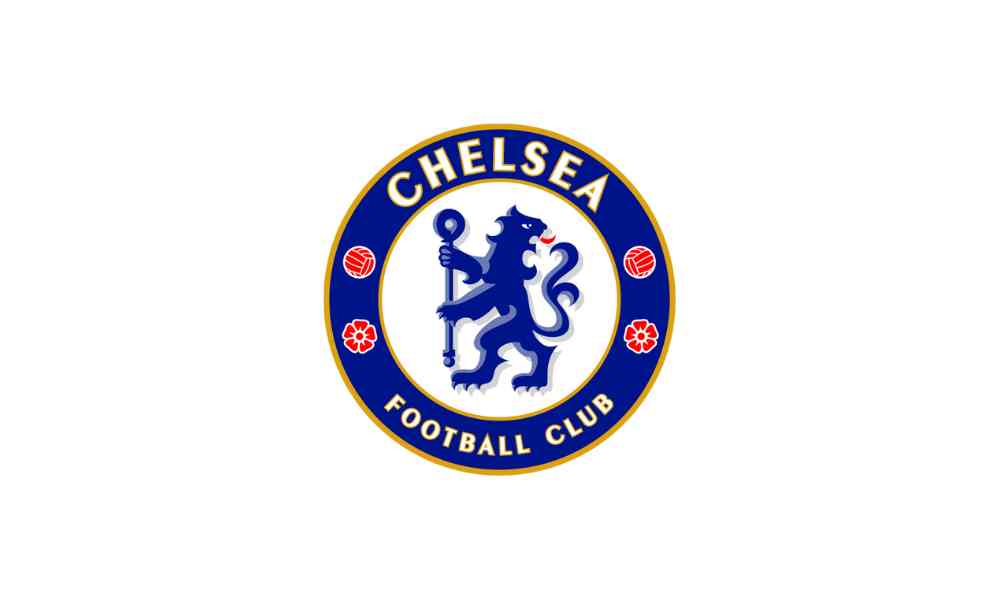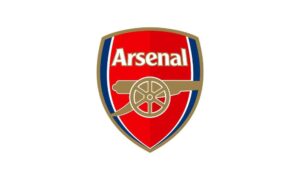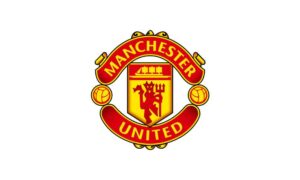Chelsea’s Academy Renaissance
The youth academy of Chelsea Football Club has traditionally been a source of promise, but it has been turning in the last few years into one of the most prolific talent pools to the whole football world. According to sources from Sky Sports, one of the most admired home-grown successes was the academy team winning consecutive UEFA Youth League titles in 2015 and 2016, club and academy coach Adi Viveash, who worked with Chelsea for nine years, said. According to Viveash, these triumphs were the fruits of a comprehensive development program that included the technical, tactical, physical, and psychological aspects, a perfect combination that eventually produced the mentioned names incorporated into the first team, Ruben Loftus-Cheek, Andreas Christensen, and Tammy Abraham.
Adrian Viveash points out the defensive strength of the Blues youth teams over the last few years and how the player continuity from a young age led a cohesive culture to a mature one. The emphasis of the academy on homegrown English players who went through the system together is also consider the main factor in their ascendancy. Defenders such as Fikayo Tomori and Jay Dasilva are the perfect examples of the defensive side that was able to be successful in this environment, thus, they have created a solid base that is well-balance with the attacking brilliance of players like Kasey Palmer and Tammy Abraham.
Building a Squad of Young English Talent
The revival focus on locally developed players is in fact, the main idea behind the so-called academy revolution which ultimately leads to having a team mainly consisting of a handful of young English players coming from the club’s youth setup and who are ready to make their debut in the first team. Chelsea’s move fits well with the requirements of the contemporary Premier League which is looking for a mix of young and experienced players- a dream very well explained in a detailed report about the club’s intentional talent development.
The overhaul at the academy is a major part of the plan to supply the club with players from within, thus the club will not have to depend on the expensive acquisitions that it has done for a long time. One way which the club is illustrating is the duo strategy of promoting homegrown players and signing big names, by the example of Chelsea keenly chasing Morgan Rogers, a hot prospect and a long-term crucial attacking target, at the moment.
Enzo Maresca and Youth Integration
Under the guidance of manager Enzo Maresca, Chelsea has gone even further in the promotion of youth development. Maresca believes strongly in the potential of homegrown players and young acquisitions, thus creating a climate that is conducive to their progression at the first team level. His promotion of those players who are willing to take the next step, as well as his personal decision to secure the future of promising players by signing them on long contracts, obviously point to an eco-friendlier, youth-oriented club of tomorrow.
Challenges and Pathway Realities
Still, Chelsea’s journey to the top level is only partially understood by the people and has cause quite a buzz with various opinions. Viveash even admits that this is a very difficult situation, yet he points out that the work done at the academy makes players not only technically but also mentally strong and thus they can success at the same level in different clubs or in the same Chelsea in the future.
The alleged success of the Chelsea academy is not only based on winning titles or making money on player sales, but mostly on the very essence of the club to be able to provide young players who in fact make the first team, can be ready to perform at elite football level. By combining patient development and tactical education, Chelsea could be a step ahead of other clubs in the league when it comes to the youth development competition.
Author’s Note
Put simply, Chelsea’s change over to a talent factory is the result of thorough planning, the signing of young players and the management of the club at every level. From their youth teams that have won trophies and to the present-day strategy which is a mixture of homegrown players and attractive signings, Chelsea want to be a club of the future and still be able to compete at the highest level. Their commitment under leaders such as Maresca and the development philosophy, which is support by coaches like Viveash, is a model that will enable the club to be sustain for years, thus, Chelsea becoming a footballing powerhouse once again.

















